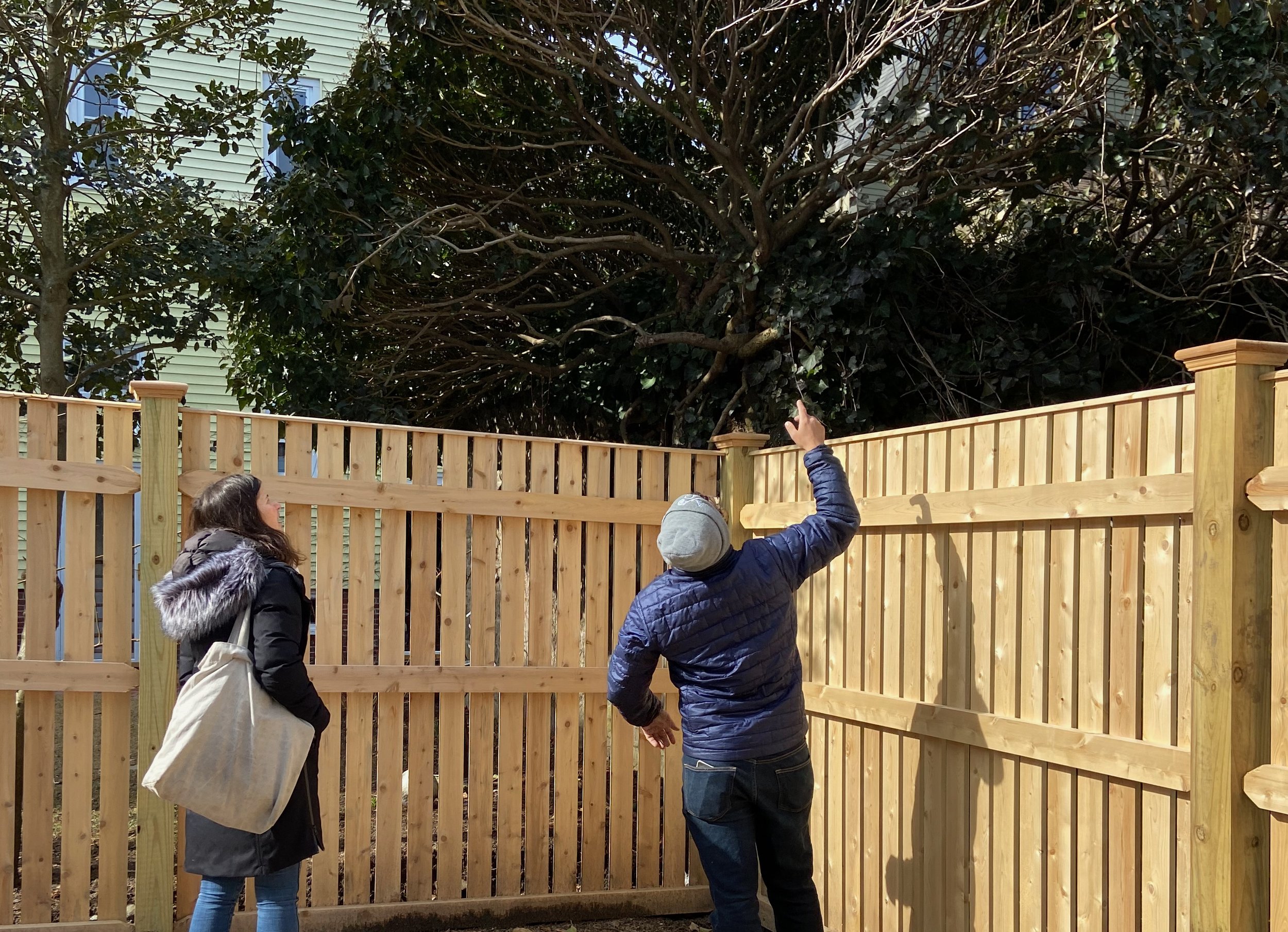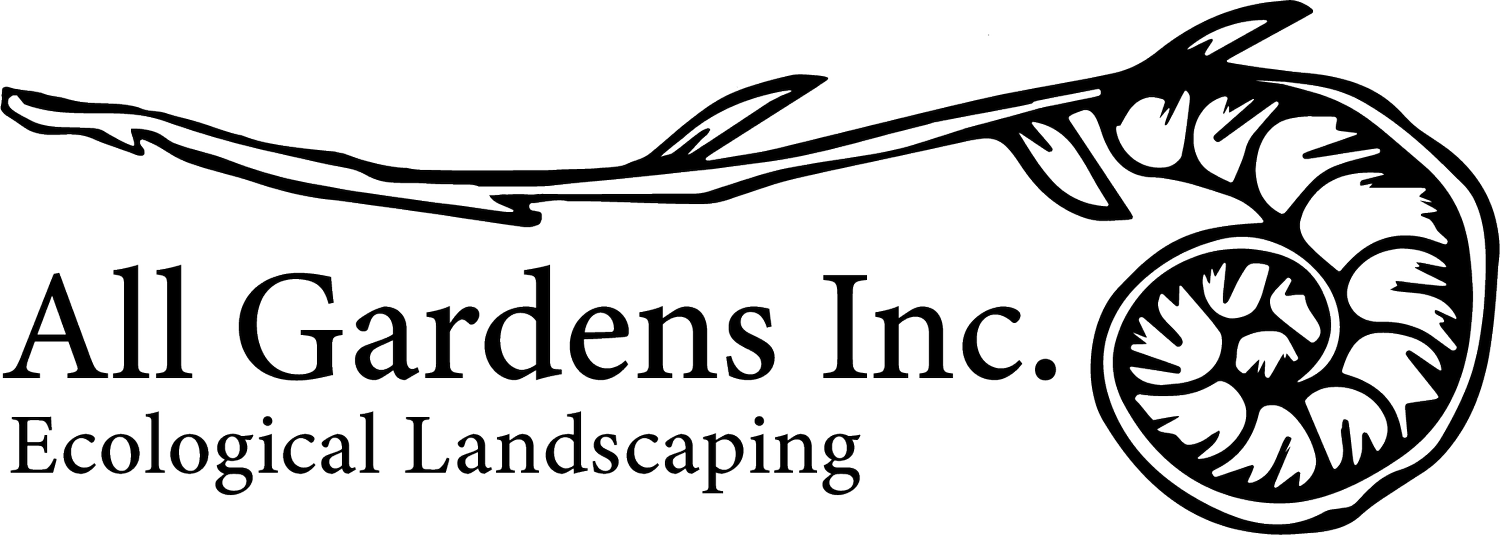Design
Our Process
1. Client Meeting & Proposal –
Meet the client and become acquainted with the site and project goals and constraints. Produce a proposal that outlines all project phases, deliverables, and overall budget.
2. Site Analysis –
Analyze existing site conditions, including light, soil, drainage, topography, and views.
3. Concept Design –
Sketch up multiple layouts, uses, and planting schemes for client consideration.
4. Design Development –
Develop the preferred scheme--show all major landscape components to scale, suggest materials and share plant selections and quantities. Draw up a draft estimate.
5. Final Design & Installation –
Refine the design according to client feedback and finalize the estimate. With client approval, schedule installation date and begin to acquire materials.
Guiding Design Principles
Know the client’s goals, budget, and vision and regularly communicate throughout the design process.
Thoroughly study the site and let the existing conditions inform the design.
Combine ecological and design principles to create cohesive, attractive and low maintenance landscapes.
Leverage horticulture knowledge to select the best plants for each site.
Strive for year-round interest and plan for a maturing garden over time.
Sustainable Practices
Consider the garden an interconnected ecosystem and look to natural plant communities for inspiration.
Use a diversity of native plants adapted to local conditions.
Plant in dense layers from the ground to the canopy, incorporating herbaceous plants, shrubs, and trees.
Provide food, water, and shelter for wildlife and pollinators.
Improve soil health by using organic amendments (instead of chemicals/synthetics).
When feasible, recycle and reuse materials onsite (including leaves).











